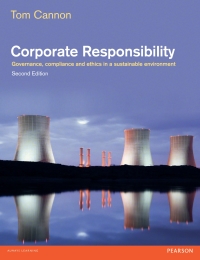Answered step by step
Verified Expert Solution
Question
1 Approved Answer
Figure 1 BERKSHIRE INSTRUMENTS Statement of Financial Position December 31, 2004 $ 400,000 200,000 $ 2,600,000 300.000 2,300,000 5.500.000 $ 8,400,000 30,700,000 12.200.000 Assets Current


Step by Step Solution
There are 3 Steps involved in it
Step: 1

Get Instant Access to Expert-Tailored Solutions
See step-by-step solutions with expert insights and AI powered tools for academic success
Step: 2

Step: 3

Ace Your Homework with AI
Get the answers you need in no time with our AI-driven, step-by-step assistance
Get Started


